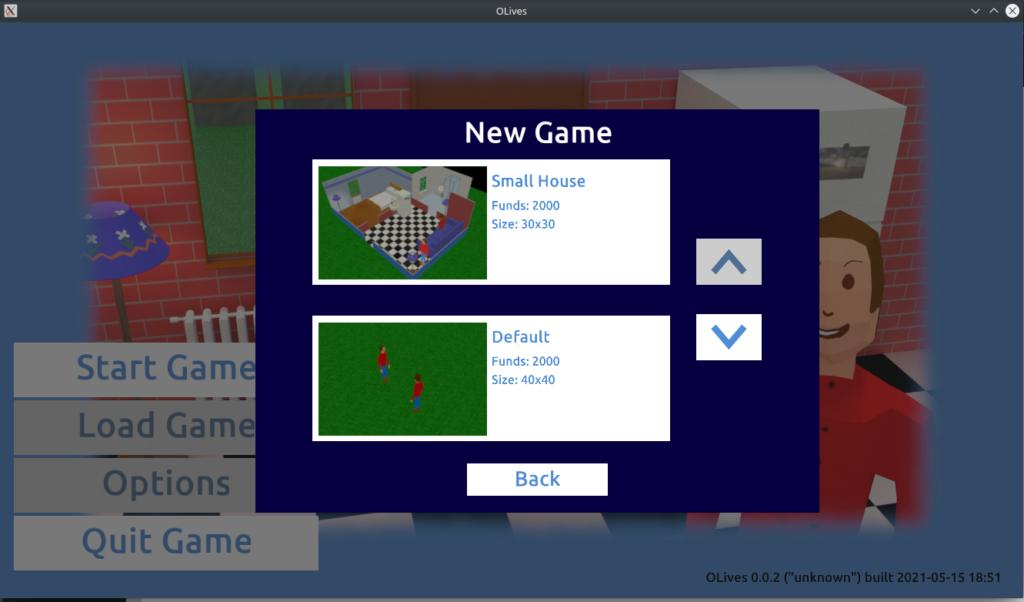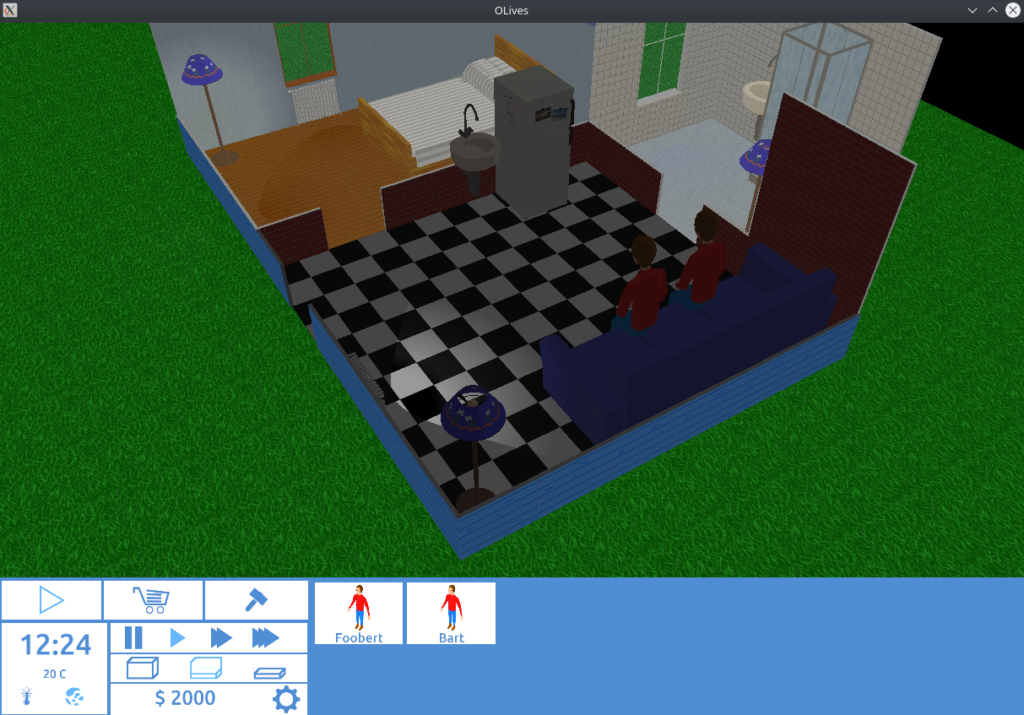– Activate the “Save Game” button in the in-game menu
– Determine a name for the new .zip file to be stored
– Provide enough basic information into the new newly created snapshot to make it load from the menu
Relates to #98
Hi! As I had had previously hoped, self-motivation is a much smaller problem when there is less debugging and more actual development.
This commit actually contains much of the meat of the whole save game milestone: it creates the actual save file (.zip), makes sure its name is in the correct format and finally writes data from the current game state into it.
As for now, this is weird up directly to the “save game” button in the in-game menu. There isn’t much in term of user feedback happening, but an astute observer looking at the log will see something like

These files are “good enough” to be actually loaded already, however for now the snap shots basically only contain the very basic necessary information for that.
To keep things interesting there are some caveats:
- Actually seeing saved games will require a restart of OLives for now
- Save games do not have a proper title yet
- No tile, wall or object information is currently stored
- There is now way to actually delete save games from within OLives
So the next few tasks are basically already cut out for me, I will put a special emphasis on adding the missing fields to the save games. Anyway, it was good to be back to actually creating, nut just debugging Code.
Byeee! 🙂




